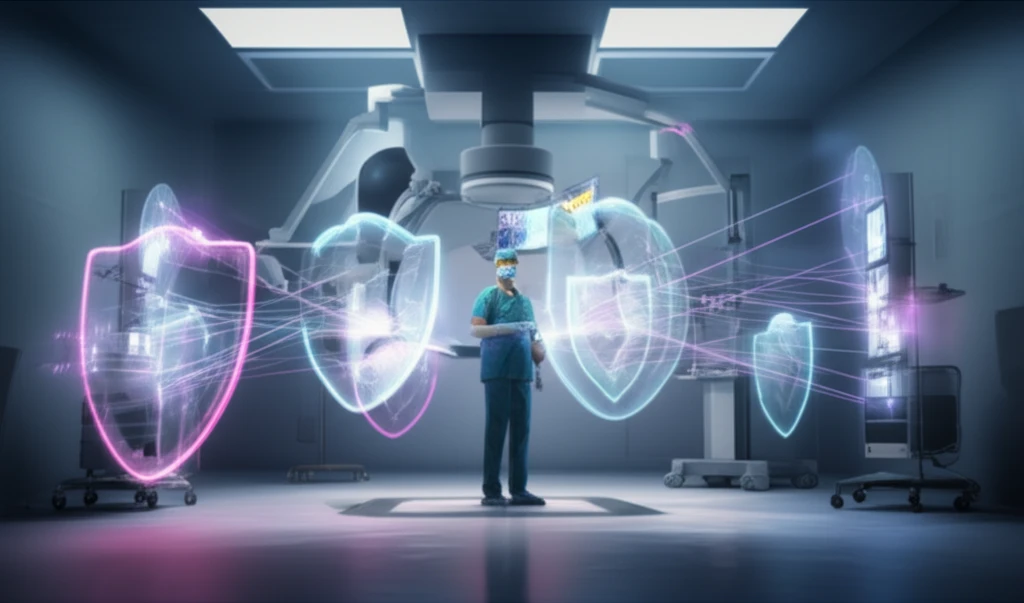
Angiography Safety: How to Minimize Radiation Exposure During Scans
"A deep dive into radiation shielding techniques and protective measures for medical staff in angiography."
Angiography, a vital diagnostic tool, allows medical professionals to visualize blood vessels using contrast dye and X-rays. Interventional radiology applies this technique under fluoroscopy. Prolonged use of fluoroscopy and repeated radiography can increase radiation exposure to medical staff.
While radiation protection aprons are standard, they can be heavy and fail to protect the head and limbs. Extended exposure elevates cancer risks, making it crucial to minimize radiation. Abdominal angiography, for instance, often involves draping the image intensifier over the patient to reduce exposure, underscoring the need for strategic shielding.
This article explores methods to decrease radiation exposure during angiography. By identifying sources of scattered radiation and implementing effective shielding, we can create a safer environment for medical staff. This analysis incorporates insights from Monte Carlo simulations and practical measurements to optimize radiation protection strategies.
Understanding Scattered Radiation and Shielding

To effectively minimize radiation exposure, it's essential to pinpoint the sources of scattered radiation in the angiography suite. Key sources include the flat panel detector, the X-ray tube, and the patient's body. Evaluating these sources helps in designing targeted shielding strategies.
- Protection Curtains: Strategically placed curtains can shield against scattered radiation at lower positions.
- Tungsten Sheets: Using tungsten sheets on the side of the phantom can further decrease radiation exposure.
- Material Considerations: Understanding material densities affects the amount of scattered radiation.
Key Takeaways and Future Directions
Minimizing radiation exposure in angiography requires a multifaceted approach. By identifying and shielding against primary sources of scattered radiation, medical staff can significantly reduce their risk. Monte Carlo simulations offer a valuable tool for visualizing and optimizing shielding strategies. Continuous advancements in shielding materials and techniques promise even greater protection in the future, ensuring safer medical environments.
